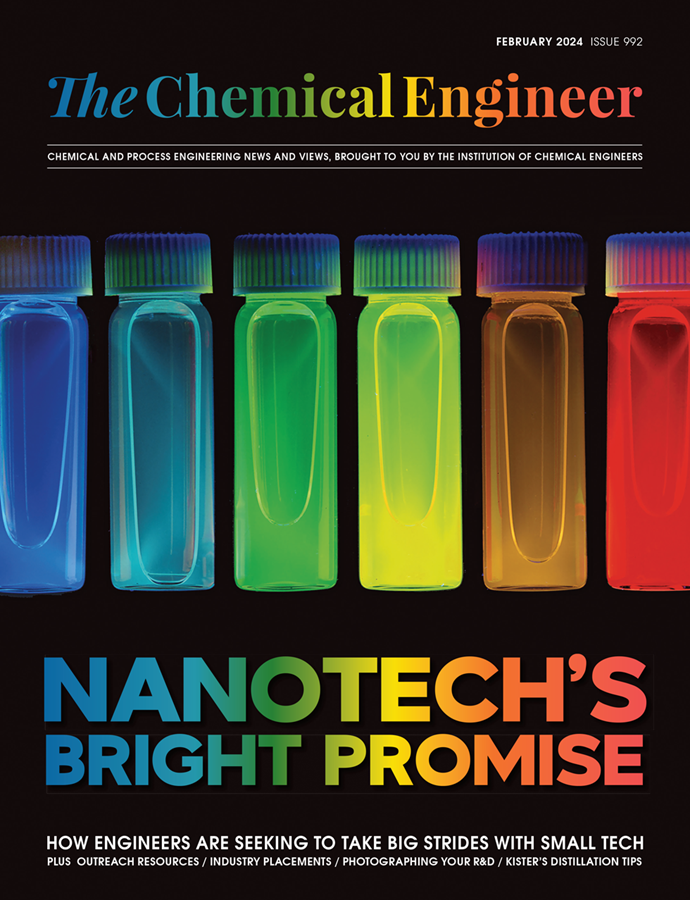UKAEA shows X-rays could support safe, reliable fusion power

SCIENTISTS at the UK Atomic Energy Authority (UKAEA) have successfully shown that X-ray scanning can detect defects in tungsten components and accurately judge their lifespan, taking a major step in commercialising fusion power.
According to UKAEA, tungsten is the strongest of any natural metal and only diamonds can scratch its surface. It is extremely durable and can manage intense conditions, making it the perfect material to line the inside of fusion reactors, where temperatures can reach 10 times hotter than the Sun’s core (150m°C).
Despite tungsten’s durability, withstanding the intense neutron bombardment from the fusion process can eventually compromise reliability and lead to wear, especially in potential future power plants operating around the clock. The ability to detect defects in components could affect the safety and reliability of fusion power plants, and change expected lifetimes and performance. Until now, research has not presented a dependable method for detecting potential structural damage as normal 3D X-ray scans are unable to penetrate due to tungsten’s “incredible density”.
The UKAEA team were able to detect defects in a mock tungsten component after failure, using X-ray computed tomography (XCT) in the MeV energy range. XCT is a non-destructive technique used to visualise the interior features of solid objects, and for obtaining digital information on their 3D geometries and properties.
Imaging of the failed component revealed damage to the cooling pipe and copper interlayer within the tungsten block, as well as holes in the pipe which led to coolant loss. The scientists subsequently quantified the area of the three holes detected, allowing them to predict the rate of coolant loss during high heat flux testing in the HIVE facility, which caused the component to fail. HIVE (Heat by Induction to Verify Extremes) is a UKAEA-operated small flexible high heat flux facility for testing advanced manufacturing.
The estimated coolant loss rate values were not verified experimentally, but further investigations in this direction are planned.
In addition to allowing inspection of fusion components containing dense materials such as tungsten, researchers believe XCT technology could be extended to inspection of large-scale fusion components, as well as additive manufacturing components where conventional non-destructive evaluation methods might fail. They also believe it could positively impact procedures for qualifying fusion components for current and future fusion reactors.
UKAEA said the work represents a major step forward towards commercialising fusion, as structural analysis and longevity is a significant hurdle to delivering this form of safe, sustainable, low carbon energy.
Heather Lewtas, Head of Innovation at UKAEA, said: “Fusion promises to be a safe, low carbon, and sustainable part of the world’s future energy supply. Its predictability is one of its main strengths, but it is therefore crucial that power plants are not taken out of service for unnecessary maintenance.
“This breakthrough study gives us confidence we will be able to assess the condition of our large and small tungsten components, which have to repeatedly withstand some of the most challenging conditions on the planet.
“The insight will allow us to assess the lifespan of our inner-vessel wall and reduce future power plant downtime to a minimum. It is a major step forward and we are extremely proud to demonstrate this technology for the first time.”
Fusion power is a potential source of clean energy, which is considered cleaner than nuclear fission and offers a nearly-unlimited fuel supply. Commercial realisation could transform global power generation and help achieve a lower carbon economy. However, incorporating fusion electricity in the grid economically and reliably requires technological solutions to several challenges. UKAEA is working to overcome challenges by undertaking cutting-edge research in each category of innovation through world-leading facilities.
Recent Editions
Catch up on the latest news, views and jobs from The Chemical Engineer. Below are the four latest issues. View a wider selection of the archive from within the Magazine section of this site.




